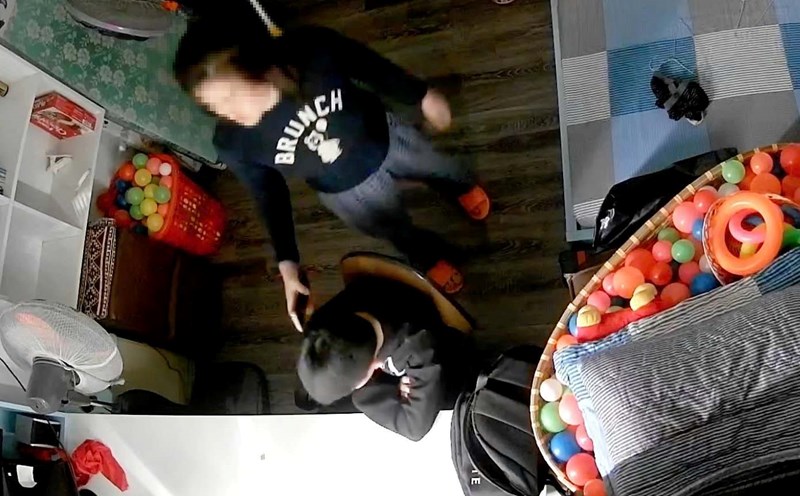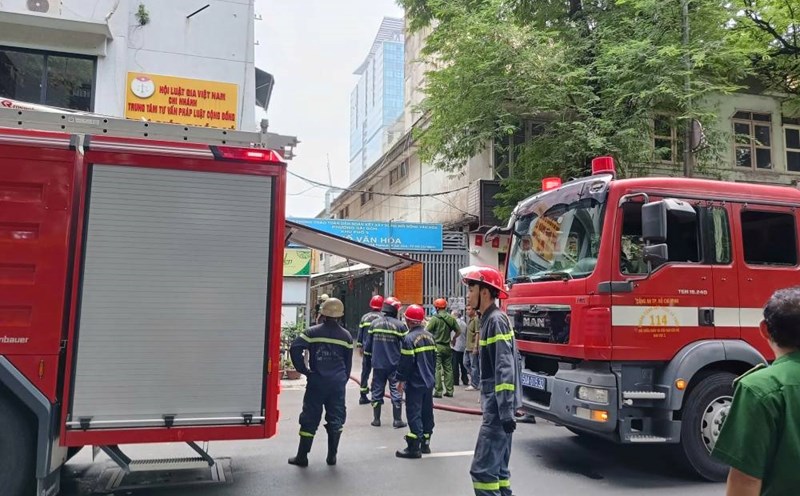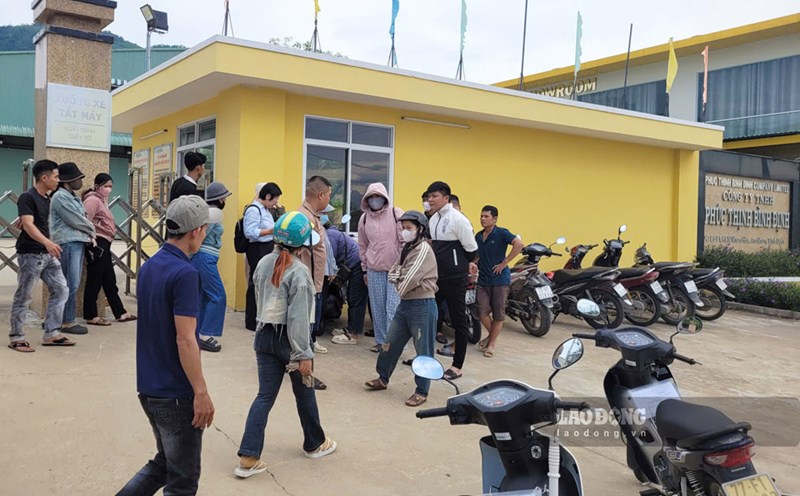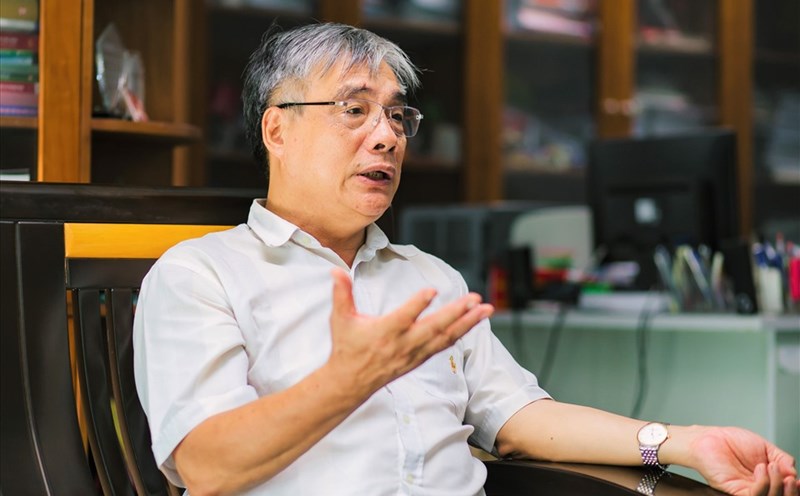Many relics are degraded.
Thay Pagoda, also known as Ca Pagoda, is located at the foot of Sai Son Mountain, Sai Son Commune, Quoc Oai District, Hanoi. Over time, many architectural items at Thay Pagoda have been seriously degraded and damaged.
According to the reporter, Thuy Dinh, located in the middle of Long Tri Lake, has been ruined. The plaster walls are peeling off, the windows with decorative motifs have collapsed. However, the beams and columns of this architectural work also show signs of decay and breakage.
The motifs in Thuy Dinh were carved delicately by talented craftsmen, but have now been eroded. Many positions on the roof of the communal house are skewed and degraded. Some other items in the pagoda such as the two tiled bridges Nhat Tien Kieu and Nguyet Tien Kieu also have skewed roofs, and some tiles are cracked.
Inside the Tam Phu temple, the system of pillars, rafters, and wooden doors have all been damaged by termites. The painted parts in many places are no longer intact, affecting the aesthetics. The architectural structures with engraved letters in the temple have also been eroded and faded over the years...
Not far from the Thay Pagoda relic site, Hoang Xa Cave located in Hoang Xa Mountain (Quoc Oai Town, Quoc Oai District, Hanoi) is also in a state of serious degradation. In front of the cave entrance are two towers built with ancient materials, many of which have now peeled off. Dirty drawings, including people's names, appear on the towers, causing an unsightly appearance.
Thay Pagoda dates back to the Ly Dynasty (1009 - 1084), associated with the later monastic life of Zen master Tu Dao Hanh. This is a complex of relics combined with landscape, with low mountains in the middle of the fertile plain, creating a sacred and majestic landscape. This complex includes 3 clusters of points: Sai Son, Hoang Xa, Phuong Cach rocky mountain area; Thay Pagoda relic complex; relics on Hoang Xa cave mountain.
In 2014, the historical and architectural relic complex of Thay Pagoda and the rocky mountain area of Sai Son, Hoang Xa, Phuong Cach (Quoc Oai district, Hanoi) was ranked as a special national relic.
However, over the years, some architectural and landscape items in this complex are in an alarming state of degradation and need to be restored and repaired.
Waiting for the repair day
Ms. Thu Hong (69 years old, a local trader) said that Thay Pagoda has great significance in the cultural and spiritual life of the local people. Every year, the pagoda welcomes thousands of people and tourists to visit, pray for wealth, peace, children... especially crowded during traditional holidays and Tet.
Not only that, around the Thay Pagoda relic complex, many shops and services have sprung up to serve visitors, bringing in significant income for local people.
“The state of the water pavilion has deteriorated, many architectural works in the pagoda have been damaged for a long time, and now it is getting more and more serious, making us, the people, worried. I hope that leaders at all levels and functional units will soon intervene and direct the restoration and repair so that the pagoda can last over time,” said Ms. Hong.
According to Mr. Nguyen Vu Han - Director of the Center for Culture, Information and Sports of Quoc Oai district, Hanoi, the water pavilion of Thay pagoda is not only a relic with unique architecture, but also the ancestor of water puppetry. However, for a long time, this place has not had the conditions to organize this traditional folk activity.
“If not repaired promptly, the water pavilion may collapse, leaving no original state or model for preservation. That is extremely regrettable,” said Mr. Han.
It is known that local leaders and the District People's Committee have submitted a report to the Department of Culture and Information since 2019 to restore and embellish the special national relic complex of Thay Pagoda and the rocky mountain area of Sai Son, Hoang Xa, Phuong Cach. However, up to now, there has been no response from the authorities.






